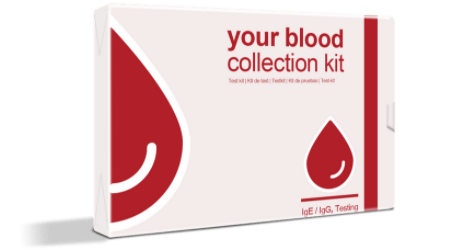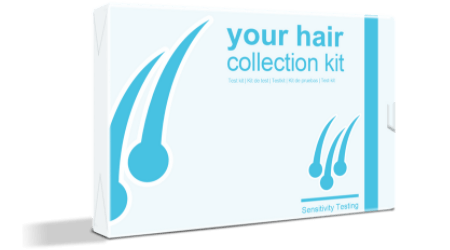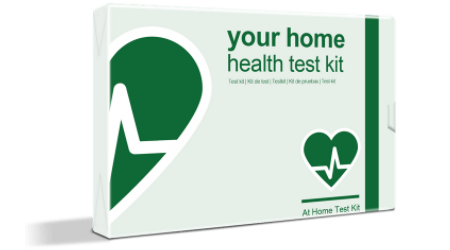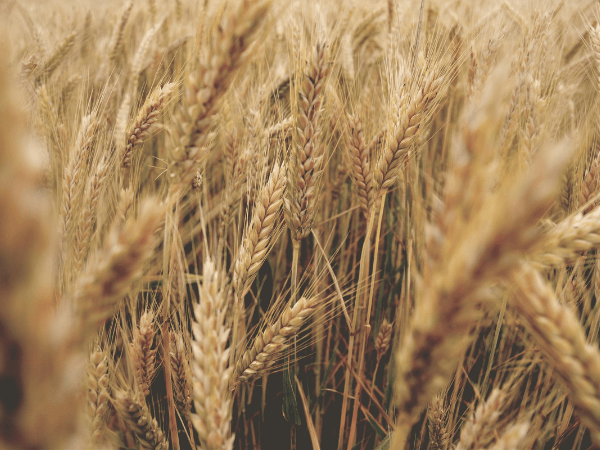When we think of allergies, we think of the suddenly appearing rash, the gasping, and the fainting that we expect from watching too many movies or TV shows. This is true for some people, of course, but there are milder symptoms that can be missed completely and causing you harm and damage without even realizing it. Wheat allergy symptoms are some of the most common to be overlooked. Here are some prime examples.
Overlooked wheat allergy symptoms
1. Congestion and/or running eyes: When we start dealing with running eyes or a congested, stuffy nose, it’s normal to assume that you are allergic to pets or pollen or that you simply are coming down with a cold or flu. A lot of times, food allergies don’t get connected with symptoms like these, but they can happen.
2. Asthma flare-ups: If you notice yourself having more wheezing and asthma attacks when you’ve eaten bread or pasta, it could be due to the food ingredients themselves, causing a flare-up. Asthma is not an allergic reaction, but there is a connection between asthma and allergies in the body’s response.
3. Nausea, indigestion, diarrhoea: Running to the bathroom (and staying close to it) for the evening after eating wheat foods is another sign to watch for. While intolerance also describes the same, those with wheat allergy symptoms will find that they are dealing with these reactions faster, and they’re often more severe.
4. Hives or skin rashes: Wheat is also common in a lot of bath products. If you notice that you have hives, skin rashes or even just skin irritations, it could be because you are dealing with an unclear wheat allergy and the soap or bubble bath has wheat ingredients in it.
5. Sneezing and coughing: Feeling as though you are constantly sneezing and coughing up a storm can be painful and frustrating. It often gets paired with #1 as to being an allergic reaction to pets or pollen, when it really could be due to something you ate.
How to know for sure
If you’re going back and forth between an intolerance or an allergy or you just really want to know what you’re dealing with when it comes to any or all of these symptoms — which is always a good idea — go for a food allergy test. This will help you confirm any wheat allergy symptoms that you’re dealing with, and give you suggestions to help avoid any accidental wheat consumption in the future.
Allergies, unlike intolerances, can do damage to your body. Since it perceives wheat as a threat, it attacks it and calls on the immune system to help. This can weaken your body over time (especially if you are eating wheat regularly) and it also can make you experience all of these symptoms.
As well, one reaction doesn’t guarantee another future reaction. They can go from mild itchy skin to full-blown wheezing and struggling to breathe from one day to the next, so getting confirmed results will be important to help you keep yourself safe. It’s nice to think that something as simple as a test can help you avoid all of these symptoms. Sometimes science really is the best thing ever!



